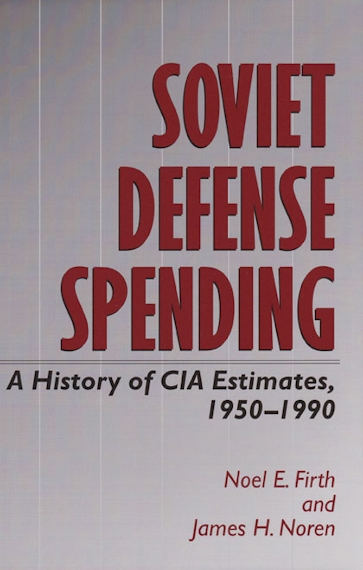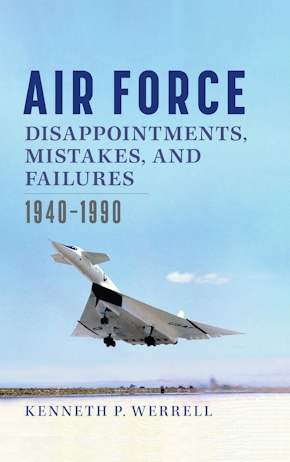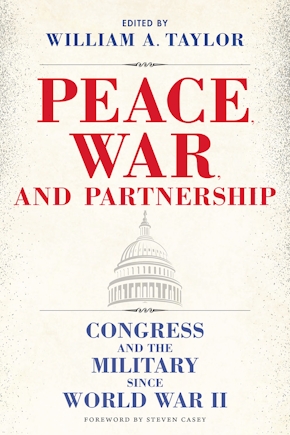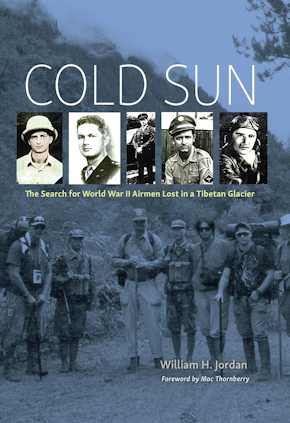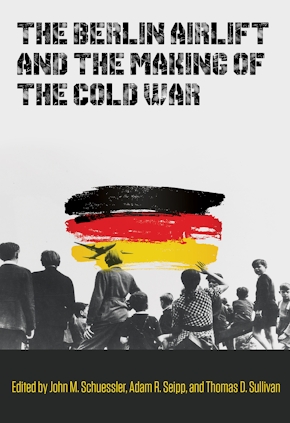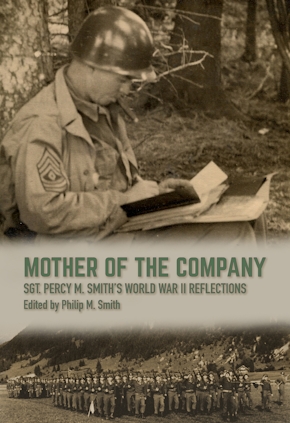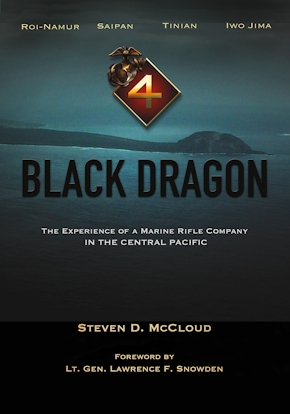Soviet Defense Spending
A History of CIA Estimates, 1950-1990
978-0-89096-805-5 Cloth
6 x 9 x 0 in
288 pp. 27 line drawings., 30 tables.
Pub Date: 06/01/1998
Available
BUY NOW
- Cloth $49.95 x
Despite this central role the CIA estimates played in governmental and public debate throughout the decades of the Cold War, the need to protect sensitive intelligence sources and methods meant that only summary information about them could be made public. With the breakup of the Soviet Union, that need for sensitivity has greatly diminished, and for the first time, a thorough, unclassified presentation of CIA estimates of Soviet defense spending from those years has been made.
In Soviet Defense Spending: A History of CIA Estimates, 1950–1990, Noel E. Firth and James H. Noren, who spent much of their long CIA careers estimating and studying Soviet defense spending, provide a closer look at those estimates and consider how and why they were made. In the process, the authors chronicle the development of a significant intelligence analytic capability. Firth and Noren also explain what the CIA has learned, since the collapse of the Soviet Union, about the USSR's actual military spending during the Cold War.
For historians and political scientists interested in the Cold War, U.S.-Soviet relations, the politics of defense spending, and the history of U.S. intelligence and estimation of Soviet forces, Soviet Defense Spending will be a valuable and enlightening explanation of a crucial part of the U.S. intelligence system. Students of Soviet economic and political history will find it useful as an overview of Soviet military development and as an informative slice of the history of U.S.-Soviet relations.
Williams-Ford Texas A&M University Military History Series
About the Author
Published by Texas A&M University Press
